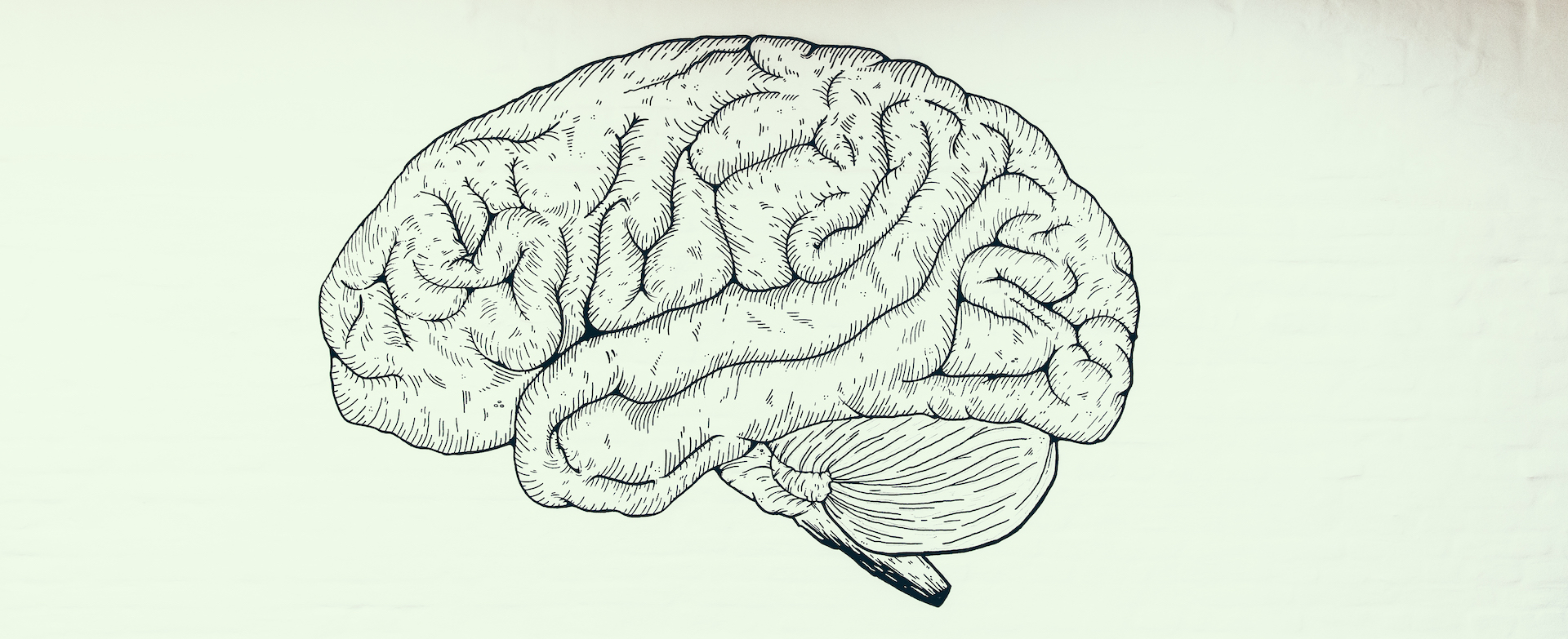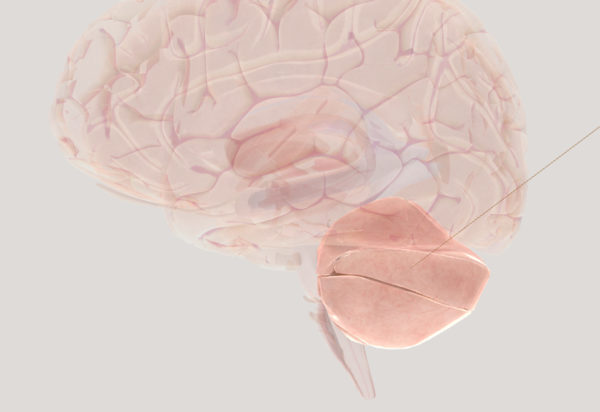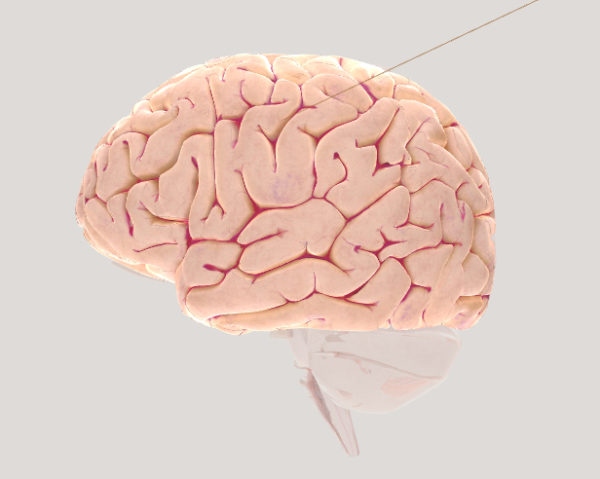
11 Feb Nudge Busters #3: That’s (not!) how your brain works
Research on how the human brain influences behaviour, attitudes, and decisions is often communicated in a dangerously simple way.
Making claims about the brain that are wrong is one thing, but some people take advantage of our fascination of the brain to market products or services that are filled with empty promises.
Read on and (perhaps) you’ll avoid being tricked by neuro bunk.
“The brain sells”
Besides being excellent word play, neuroscientist Molly Crockett hit the crux of the problem in her 2012 TED-talk when she said that “the brain sells.”
Who can say no to neuroleadership, that makes you a better leader?
Or how about replacing your morning coffee with a neuro drink, that “synchronises your alpha waves”?
Are you a golfer? Then just must get a pair of Neuro ConnectTM Infused Shaft Bands, that “improves your drive by establishing a subtle energy connection between your club and your brain”!
Some people fall for this type of relatively harmless gimmick.
But our fascination of the brain can unfortunately lead to some serious problems.
Neuro Bunk is Persuasive
In 2008, a group of researchers from MIT made a brilliant experiment.
They provided two groups of participants, experts and non-experts, with some descriptions of psychological phenomena. The corresponding explanation of these phenomena where written in different versions. Some of them included neuroscience. Others did not.
Here’s the experimental twist.
The explanations and the included neuroscience had nothing to do with each other.
The MIT researchers concluded:
“… subjects in the two nonexpert groups… judged that explanations with logically irrelevant neuroscience information were more satisfying than explanations without.”
In other words, the non-experts where fooled by the logically irrelevant neuro bunk, but the experts where not (*sigh of relief*).
But how little does it take to be fooled by neuro bunk?
Watch out for Pictures of Brains
Another group of researchers, again in 2008, made an equally brilliant experiment.
They presented 156 students with three drafts of scientific articles. The text itself was the same across the three drafts.
Draft 1 consisted only of text.
Draft 2 consisted of text and a bar chart.
Draft 3 consisted of text and a picture of a brain scan.
The participants were then asked to state their level of agreement with the following statement: “The scientific reasoning in the article made sense.
Here’s the conclusion:
“These data lend support to the notion that part of the fascination, and the credibility, of brain imaging research lies in the persuasive power of the actual brain images themselves. We argue that brain images are influential because they provide a physical basis for abstract cognitive processes, appealing to people’s affinity for reductionistic explanations of cognitive phenomena.”
The participants who read draft 3 thought the scientific reasoning made sense to a higher degree than the participants in the two other groups.
Just to make sure you got the point: the text itself was identical.
So, one of the reasons why we are persuaded by images of brains is that they (seem to) make abstract and complex theories about cognitive mechanisms more tangible.
Here, we also need to be careful. When it comes to communicating what neuroscientists “know” it is often done in a much too simplified manner.
Your Brain is Smaller than You Think
100 billion. That’s a number that is often mentioned in pop-psychological literature (often filled to the brink with neuro bunk).
The number is used as an estimation of the number of neurons in the human brain.
But actually, it was as late as 2009 when a group of researchers actually sat down with the intent of figuring out how many neurons – the cells in your brain that do the “thinking” – actually reside in the average brain.
They found out that an average male brain of 1,5kg contains approximately 86 billion neurons.
So why does the number 100 billion keep getting mentioned?
Good question.
My best guess is that we still hear this number, even though we’ve known for a decade that it isn’t correct, because we really like round numbers – a phenomenon called round number bias.. It’s simply easier to remember.
“Fine. 14 billion off, but does that make a real difference?” you might think.
Yes. Yes it does.
Especially if we take a closer look at where the 86 billion neurons are in the brain.
Your “Little Brain” is Larger than you Think
At the very back of your brain, right above the back of your neck, you’ll find a brain area called cerebellum (latin for “little brain”):

Illustration: Society for Neuroscience.
Until very recently, it was believed that the only function of the cerebellum was to coordinate bodily movements; if you get an injury to your cerebellum you lose the ability to make well-coordinated movements.
But recent research has shown that the cerebellum also coordinates thoughts, decisions, and other cognitive phenomena:
“If you think of an assembly line, the cerebellum is the person at the end who inspects the car and says, ‘This one is good; we’ll sell it,’ or ‘This one has a dent; we have to go back and repair it… It’s where all your thoughts and actions get refined and quality controlled.” – Nico Dosenbach, associate professor of neurology at Washington University in St. Louis
“Yes, very interesting. But what about the 14 billion neurons?!”
I’ll get to that now.
Of the 86 billion neurons in your brain, approximately 69 billion of them are in the cerebellum. “Only” 16 billion are in the cerebral cortex – the primary topic of investigation in neuroscience studies:

Illustration: Society for Neuroscience.
And guess how neuroscientists have looked at the cerebellum up until recently?
Well, they haven’t:
“Many people who are looking at links between brain function and behavior just ignore the cerebellum… They slice off that data and throw it away, because they don’t know what to do with it. But there are four times as many neurons in the cerebellum as in the cerebral cortex, so if you’re leaving out the cerebellum, you’ve already shot yourself in the foot before you started.” – Nico Dosenbach
Whether the number is 100 or 86 billion isn’t the most important fact to consider.
The most important point is to realise that while major advances are happening within neuroscience all the time, we still know very little about what the billions of nerve cells actually are doing.
And that can lead to some rather unfortunate utterances when “authorities” talk about the brain.
No, You Don’t Love Your iPhone
In an article from 2011, Martin Lindstrøm describes a “scientific study” where 16 people (much too small a sample size for an actual scientific study) had their brains scanned while looking at photos and listening to sounds of an iPhone.
The article takes departure in wanting to investigate whether smartphones cause addiction. But it ends with a completely different conclusion (I can’t recommend reading the article – unless you’re a big fan of neuro-bunk):
“… most striking of all was the flurry of activation in the insular cortex of the brain, which is associated with feelings of love and compassion. The subjects’ brains responded to the sound of their phones as they would respond to the presence or proximity of a girlfriend, boyfriend or family member. In short, the subjects didn’t demonstrate the classic brain-based signs of addiction. Instead, they loved their iPhones.”
Yes, the area of your brain called the insular cortex is often active when you see your partner or your children, or something you are very affectionate about.
But the insular cortex is also involved in other emotions, such as pain or anger.
So from the mentioned “scientific study” an equally valid conclusion is that people hate their iPhones.
While I’m at it, let me de-bunk another common misconception about the human brain.
You Don’t Use the Right Half of Your Brain more if You’re a Creative Person
No, no, a thousand times no!
Your brain is divided into two halves called hemispheres.
But the left-right division is most likely different than you think.
Iain McGilchrist explains it very well in this RSA Animate video (feel free to share with your colleague or friend the next time they go into neuro bunk-mode):
The field of neuroscience is in constant development and we are learning more about the brain every day. But the actual researchers haven’t found a “buy-now” button in the brain.
On the other hand, numerous experiments have shown that the prefix “neuro-” and images of brains can influence our behaviour to a very high degree.
So watch out for neuro bunk and don’t let yourself get persuaded into buying products or services simply because they include an image of a brain.
Two Tips for Spotting Neuro Bunk
I’ll leave you with two tips that will make it easier to spot neuro bunk:
1. If the provided explanation is simple there’s a great risk that it’s too simple, or as Molly Crockett says: “… people should question any claims on products which say they are backed by neuroscience and they should expect the answers not to be simple, because the science is not simple.”
2. Investigate who is making claims about the brain. Has he or she had training in actual neuroscience?
The attentive reader will have noted that there are a number of pictures of brains in this article.
Does that mean that you should be sceptic about what I’ve written here?
Yes. Yes it does. 😉



